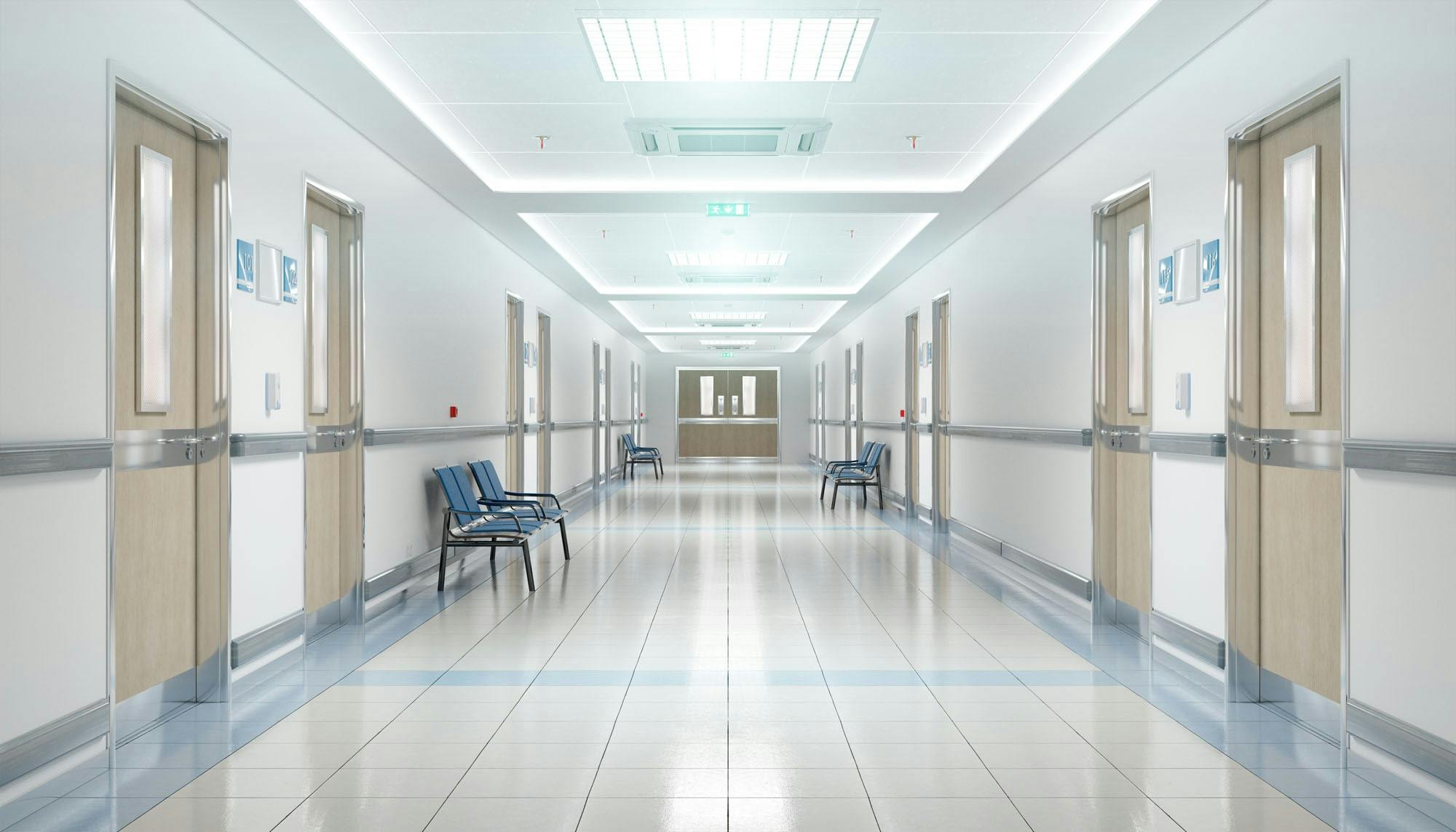Home


Resource Center

Hospital infrastructure sometimes stands at odds with the impressive advances in medical technology. That’s because many hospitals were first constructed in the 1940s, 50s, and 60s and then built upon continuously over the past half century.
Such is the case with CHI St. Luke’s Health Memorial Hospital in Lufkin, TX, which was first constructed in the 1940s and added to through the early 2000s. While the construction helped the hospital keep pace with the growing healthcare industry, it also created difficult circumstances for cell phone reception.
In recent years, doctors and staff reported connectivity problems from all parts of the complex. For most organizations, this would present a significant problem, but in a hospital, the costs of poor cell phone reception are far greater.
A Hospital-Wide Connectivity Problem
An isolated case of a poor cellular signal in a hospital is bad enough. At CHI St. Luke’s, the problem was widespread. Upper patient floors, the medical staff meeting room, radiology department and operating rooms all suffered from poor connectivity. One employee described being in the operating room as “like being in a dungeon.”
The lack of service also cut off medical staff from their colleagues and patients.
“In the lower parts of the hospital, especially in the first-floor medical staff meeting room, there was no service whatsoever,” said David Bailey, chief medical officer. “The only way someone could get in touch with you was through paging, and that’s a problem because there’s only one phone in that room.”
Repeaters Enhance Hospital Cellular Performance
Hospital administrators initially pursued an active distributed antenna system (DAS) solution because they believed the problem to be beyond the scope of a passive DAS or cellular repeater system.
As so often happens, budgets shifted and the hospital called in RCS Wireless Technology and asked them to design a priority repeater system that targeted the specific areas of need within the hospital.
The targeted design of the project meant that some buildings were fitted with a single cellular repeater, while others, such as the seven-floor tower, were fitted with five repeaters. The project was completed within a week and cost significantly less than an active DAS system.
What’s more, the system improved cellular connectivity throughout the building, cutting out many of the daily frustrations that hindered the efficient delivery of care.
“Our physicians are happier, our staff’s happier, we’re better connected and quite honestly, I believe it will lead to better care in our hospital,” concluded David Glenn, president and chief medical officer for Memorial Clinics.
Watch our video to learn more about this specific project.
Contact us to learn more about how a passive DAS can boost cellular connectivity for your business.

